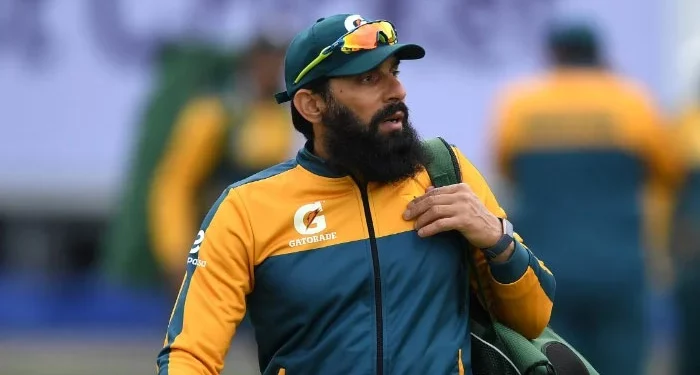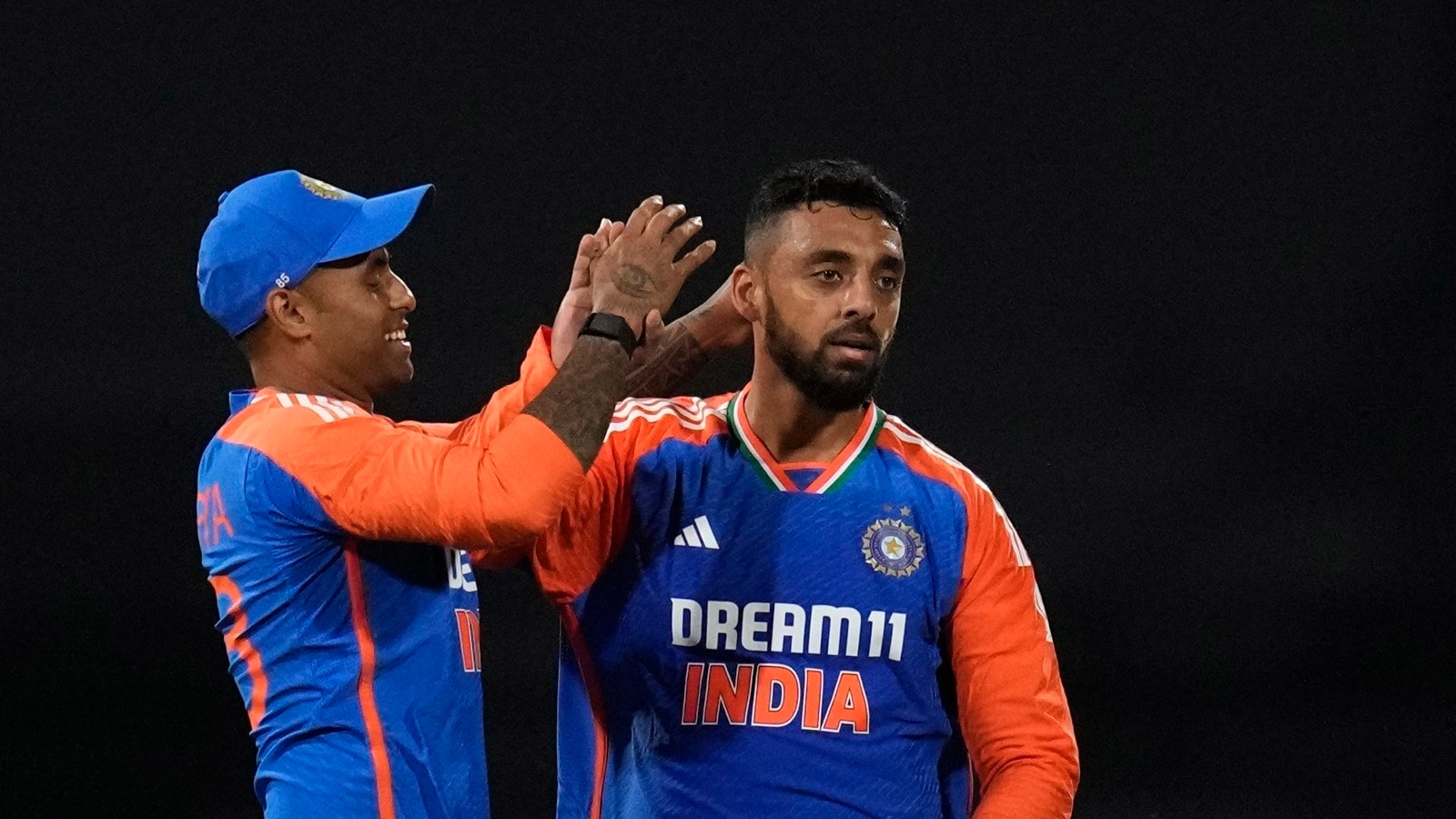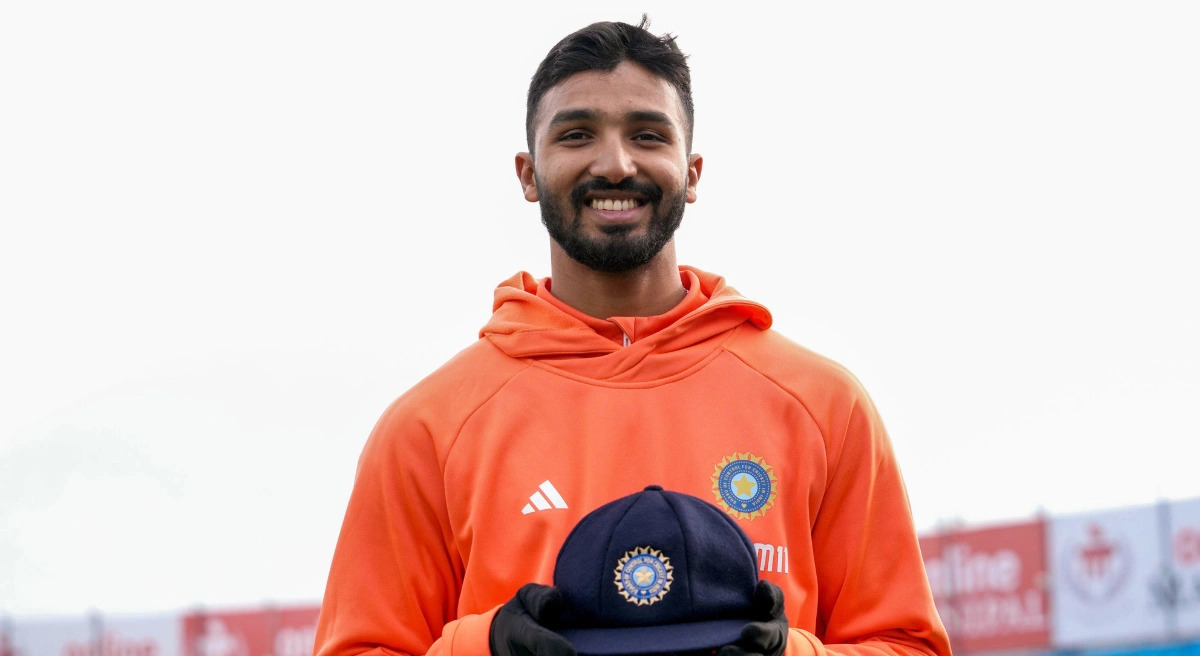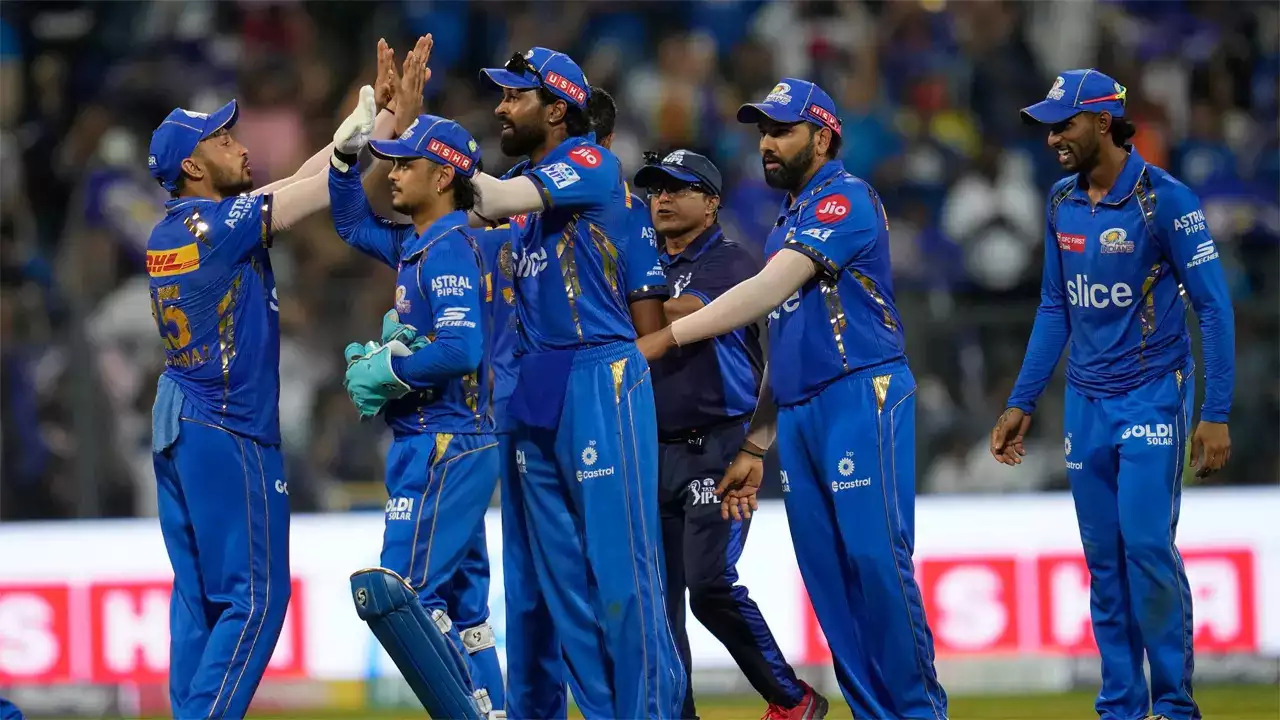Prior to India’s match against Pakistan in the ICC T20 World Cup, former Pakistani cricket player Misbah-ul-Haq gave an exclusive interview in a special Star Sports Press Room to preview the match. He discussed the calibre of the Indian cricket team across the board. The Indian team has changed; they are now a skilful group with a potent bowling lineup.
The eagerly awaited Twenty20 World Cup is scheduled to start on June 2 and feature an India vs. Pakistan match in New York on June 9. Former Pakistani cricket player Misbah-ul-Haq discussed his thoughts on the new Indian lineup and how they have significantly improved their bowling department prior to the crucial match.
Misbah-ul-Haq also discussed how strong mental attitudes help teams like Australia overcome obstacles in ICC events, but high expectations and sizable populations in India and Pakistan cause them great difficulty. He claims that for many years, playing under extreme pressure has been a significant difficulty for India.
Although they have always had a good batting lineup, their fast bowling has significantly improved. With bowlers like Bumrah, Shami, Siraj, and Hardik Pandya’s all-around skills, Indian cricket has improved dramatically. Their capacity to withstand stress has also increased. Their confidence is bolstered and they gain exposure from playing so much cricket.
Opposing teams will have to put in a lot of work, which is a challenging undertaking, to break this. Take Australia as an example. Their strong mental attitude helps them get over most of these obstacles. They maintain their composure in stressful situations and throughout important matches. Teams from Asia, such as those from Pakistan, India, and other countries, however, are under tremendous pressure due to their sizable populations and high standards.
The performance might be greatly impacted by this pressure. India has had difficulty with it in the previous major tournaments, where they were unable to secure a strong finish. This isn’t as much of a problem for Australia, but playing under such pressure is a significant obstacle for Pakistan and India. It will be interesting to watch how these teams handle it going forward. If India wants to do well in the future events, they will need to figure out how to get over this increasing pressure.
When asked about Muhammad Amir selection for the Pakistan team in the ICC Men’s T20 World Cup, Misbah-ul-Haq responded, “I will talk about the Champions Trophy held in 2017.” There will undoubtedly be a difference between the Muhammad Amir we saw in the past and the one we will see in the ICC T20 World Cup.
He will have less zip, swing, and pace than he did in the past compared to his current situation. But now his experience will work to his benefit. He is a skilled bowler, particularly when it comes to bowling the death overs. How do you handle variances based on how well you perform under pressure? I believe he can perform it more effectively right now.
“Towards the conclusion of the innings, one can take advantage, but as the 2017 Champions Trophy showed, that effect might not be there at the outset. However, Amir’s expertise has shown us that there are slower ones outside of the office stump and bowling yorkers. The most significant factor in major games against India is pressure management; if you’ve bowled to big batters and won games at pivotal moments in the past, that will matter more to Amir in India’s match against Pakistan and subsequent games as well.
Misbah-ul-Haq discussed his prediction for the player who would bowl the last over in the 2007 Twenty20 World Cup.
“I believe I have figured out who will bowl the over, and it won’t be spin.” Joginder Sharma was their sole remaining alternative. The short boundary on the side told me it wouldn’t be a spinner. A spinner would have a difficult time bowling that over.
I could hit them effortlessly in the direction of the side boundary. I had this thought earlier, and I believe MS Dhoni made the right decision. They knew it was the last wicket and even the last few runs depended on the team fielding. There was a slim chance, though, that you could clear a medium pacer if you watched him well. It’s game over if you leave. I was therefore psychologically ready for whoever was going to win that game.”
In the concluding over of the 2007 T20 World Cup final match against India, Misbah-ul-Haq revealed his method and innermost thoughts, saying, “I was doing the calculation that if we have to win what are the options.” Fielders in the back and around the borders give me the option to take two or a single; if they come up, I can hit them from above later. And occasionally, circumstances force you to relocate or answer a call. If I had one or two more wickets still in hand, that might have been the final wicket.
Had it not been for Sohail Tanvir’s and Gul’s collapse, I could have adopted a different strategy and taken a calculated risk. There were many things on the line, and that was the final wicket. And a lot of things were crossing my head, telling me to choose the option that gives me the most confidence rather than the safer one. Whereas some may believe that the bowler’s pace was low and his fine leg was up.
Also Read: Gary Kirsten Advises Babar to Play to His Natural Abilities
“However, I was going to play a nice shot, and my execution was incorrect. My objective was where MS Dhoni was standing directly behind me. The ball got very close to me, so I had to grab it. When the ball gets close, it doesn’t go very far; instead, it goes up. For this reason, when you make a pull shot, which is similar to a sweep shot, you extend your arms and hold the ball in front of you; however, when you play a ramp shot, the ball goes flat and a little distance.
Technically and psychologically, I was thinking about all of these things, but in the end, I believe India performed better since the objective was not that large in terms of pitch and boundaries. As everyone knows, Wanderers, who score between 200 and 250, are not even safe when it comes to boundaries. However, I believe that at one point in the chase—when we were six wickets behind at 70—we simply lost the plot. As a result, India played better for the entire chase. Therefore, I believe the lesson of the narrative is that, in most cases, the team that plays well and manages pressure better comes out on top.






 Win Projections to be updated soon
Win Projections to be updated soon

























